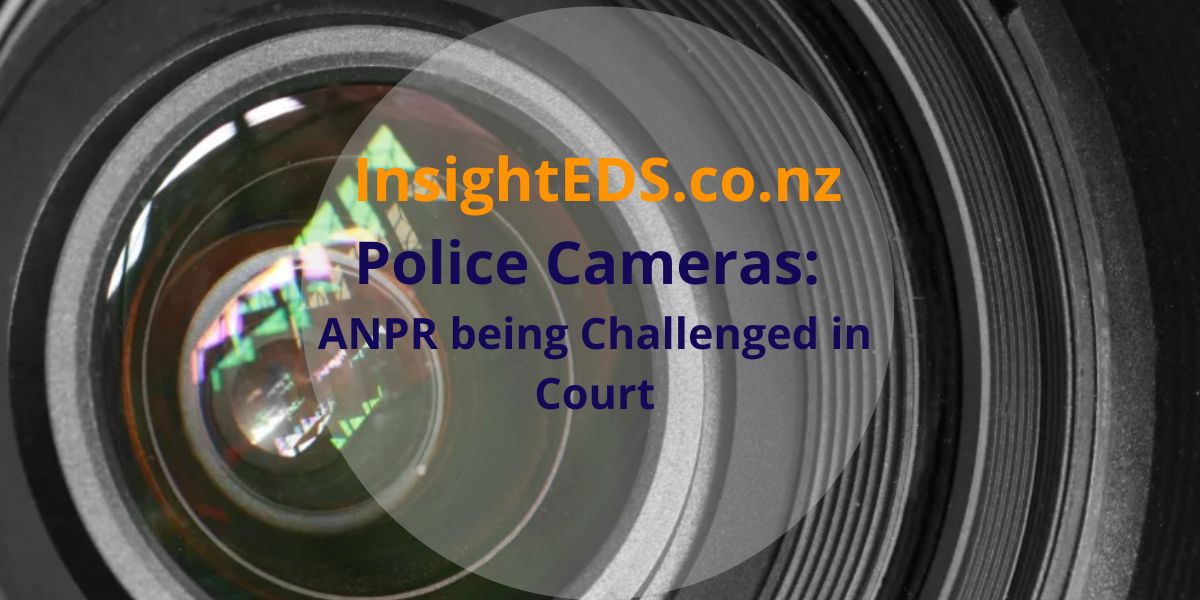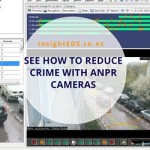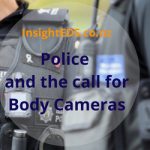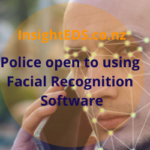
Police Cameras using Automatic Number Plate Recognition are being challenged in court
Multiple cases are challenging the admissibility of the images produced by police cameras that identify car number plates.
Thousands of automated number plate recognition (ANPR) cameras across the country are accessed by police hundreds of times a day. At least four separate cases are challenging the admissibility of the images they produce and they are set to be heard in the Auckland District Court next month.
Police currently can access this databases of images to track vehicular movements and track and trace cars that are suspected to have been used in crimes.
Court Ruling
In the ruling in May at the Christchurch District Court, the judge said the use of ANPR was not the same as a search, was not used like a “tracking device” and had enough safeguards around it.
ANPR led to “greater ease and greater transparency”, Judge J Farish said.
But defence lawyers said that ruling needed to be tested.
Mark Ryan – a barrister in one of the four Auckland cases – said: “It would be wise to have the matter heard by superior courts [because] of the continued reliance by police on this information-gathering facility.”
“For the defence, it is an extremely difficult problem.”
The ANPR company Auror told RNZ it worked with retailers and police to make recording, reporting and investigating retail crime simpler.
“We are focused on addressing the harm that this crime causes in our communities.
“The admissibility of ANPR evidence is something that the courts are well placed to determine,”
In the US, at least 16 states have laws specific to ANPR but New Zealand does not. It relies on the Privacy Act, and police internal policy
Thousands of officers are authorised to access the images. For still images, no warrant is needed, but if police want to track a vehicle via ANPR, that needs a warrant. The court challenges involve still images.
A defence lawyer’s written defence on one of the Auckland cases – of the woman in the petrol station forecourt – compared it to a “Big Brother nightmare scenario”.
“This is akin to the ‘Big Brother’ nightmare scenario.” ANPR at a supermarket was different as the footage was provided by the retailer to the police by consent immediately following the crime in the supermarket. Not retrospectively being searched by police to match up to a crime.
The police told RNZ that in cases where judgements have been given, “the court has decided this evidence was lawfully obtained and is admissible at trial”.
ANPR “is a well-established technology used all over the world to read vehicle number plates. It enables police to work more effectively and efficiently”, police said in a statement.
It will be interesting to see how the cases progress and the courts response.
Insight EDS keeps you up to date with security technology news that can affect you






